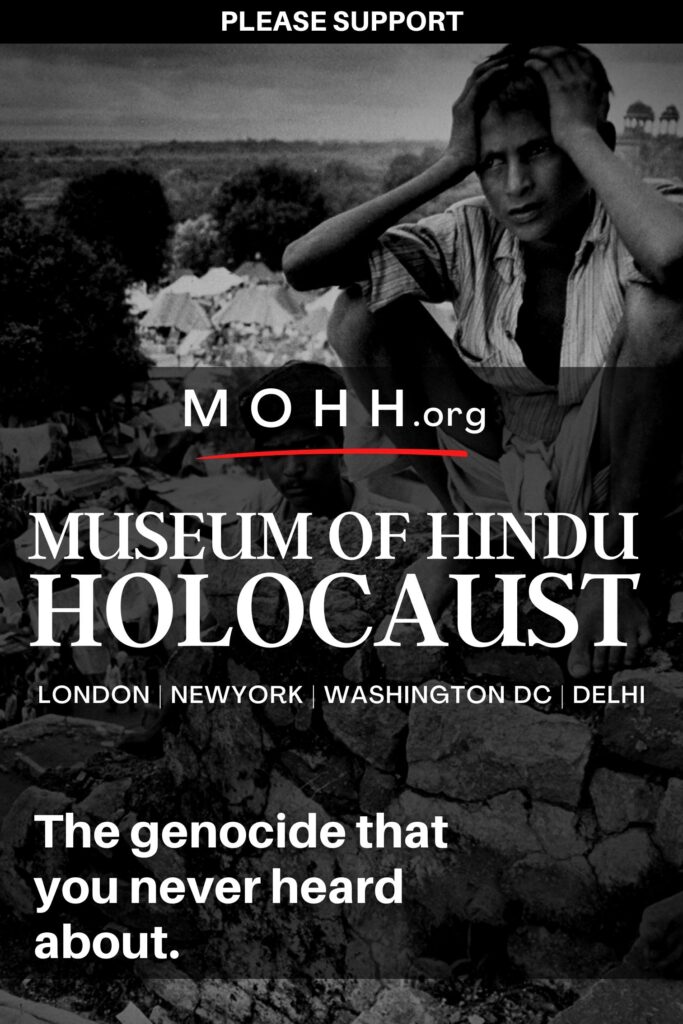The Great Calcutta Killing
The Calcutta Riots of 1946 were nothing but 4 days filled with doom, filled with blood, hatred, and vengeance. Also known as the ‘Great Calcutta Killing’, it is one of the most dreaded pre-independence riots which left well over 100,000 people homeless, on the streets of Calcutta. The communal riots, instigated by the Muslim League, left more than 5000 dead, with over 15,000 wounded in the span of a few days between August 16 and 19, 1946.
The Cause
Since the dawn of the Lahore Resolution of 1940, The Muslim League had been demanding separate provinces or ‘independent states’ for the Muslims in the northwest and the east of the country, leaving the rest of the landmass for the Hindus. Their counterpart in the Constituent Assembly of India, the Indian National Congress, had accepted their proposal as a treaty of peace and understanding.
But, mistrust and disbelief crept upon the heads of the Muslim League, especially Muhammad Ali Jinnah. He believed, even though the INC had decided in their favor, their acceptance was not for the long term, and they would surely double-cross them.
The aftermath of the sheer disbelief in the official agreements resulted in the announcement of a ‘strike’ all over India on 16th August 1946. It aimed to assert dominance and make their demands of a separate nation for the Indian Muslims to be heard. It was named ‘Direct Action Day’ by Muhammad Ali Jinnah, as he wanted nothing less than a divided India or a destroyed India. Even though the Muslim majority regions of the North-West remained calm amid the protest, the events in Bengal took an unexpected and harsh turn.
The Muslims constituted only about 23 percent of the population of Calcutta, but things got out of hand as the unrest unfolded.
The Effect
The riots which were about to happen played a key role in igniting a loop of carnage with unimaginable amounts of bloodshed, that would envelop the rest of India for months.
The 4 days, from August 16th to 19th, saw bloodthirsty mobs with knives, swords, and other weapons, wrecking everything that got into their way. The week was later named ‘The Week of The Long Knives. More than 4000 people, which included Hindus and Muslims both, were brutally killed and over 100,000 people were left homeless in the first 3 days. Corpses were everywhere over North Calcutta – streets, canals, everywhere. At least 2000 shops were looted and destroyed to the ground. Women were raped, and children were assaulted.
In the name of protecting the national sentiments, the protest was degraded to a show of toxic Muslim nationalism by a bunch of extremist separatists. The carnage fuelled a state of unrest in the whole nation, as riots started unfolding in Noakhali, Bihar, Punjab, and some of the northern provinces.
The Memories
The Great Calcutta Killing continues to be a source of live memory to this day, due to its sheer severity and the huge toll on human lives. The mass slaughter undoubtedly shaped the lives and the future of the Indian Hindus pretty differently. Despite this, the Calcutta Riots of 1946, remains a minor footnote in the prevailing narrative of Bengal’s history.


![Direct Action Day [Kolkata, India]](https://www.projecthindukush.com/wp-content/uploads/WhatsApp-Image-2021-10-28-at-2.20.58-PM-2-550x420.jpeg)
![Direct Action Day [Kolkata, India]](https://www.projecthindukush.com/wp-content/uploads/WhatsApp-Image-2021-10-28-at-2.20.58-PM-1-550x420.jpeg)
![Direct Action Day [Kolkata, India]](https://www.projecthindukush.com/wp-content/uploads/WhatsApp-Image-2021-10-28-at-2.20.58-PM-550x420.jpeg)
